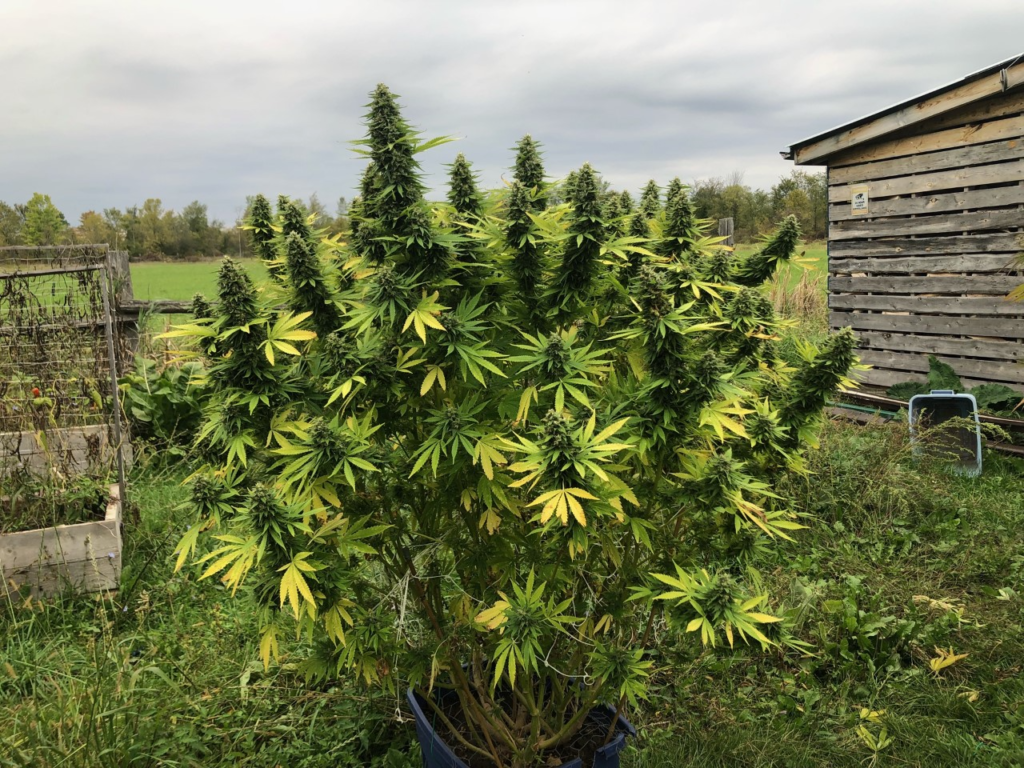 Outdoor cannabis cultivation offers a myriad of benefits, from harnessing the power of natural sunlight to cultivating robust, resilient plants. However, even seasoned growers can encounter challenges. Understanding and effectively troubleshooting common issues is key to a successful outdoor growing experience.
Outdoor cannabis cultivation offers a myriad of benefits, from harnessing the power of natural sunlight to cultivating robust, resilient plants. However, even seasoned growers can encounter challenges. Understanding and effectively troubleshooting common issues is key to a successful outdoor growing experience.
Pest Predicaments
Pest infestations can wreak havoc on outdoor cannabis crops. Common culprits include aphids, spider mites, and caterpillars. To combat these tiny invaders, introduce natural predators, such as ladybugs or predatory mites, to maintain a balanced ecosystem when growing cannabis outdoors. Neem oil and insecticidal soaps are also effective, providing an organic solution to keep pests at bay.
Nutrient Deficiencies
Nutrient deficiencies manifest in various ways, impacting plant health and growth. Yellowing leaves may indicate a nitrogen deficiency, while purple stems may signal a phosphorus shortage. Regularly monitor plant appearance and invest in a balanced fertilizer to ensure adequate nutrition. Adjusting pH levels in the soil can also play a crucial role in nutrient absorption.
Water Woes
Inconsistent watering is a common pitfall in outdoor cultivation. Overwatering can lead to root rot and nutrient leaching, while underwatering results in stressed plants and diminished yields. Implement a watering schedule that suits your climate and soil type, incorporating proper drainage to prevent waterlogged roots. Consider investing in a moisture meter to gauge soil moisture accurately.
Shielding Plants from the Elements
Cannabis plants are resilient, but extreme weather conditions can pose a threat. High temperatures may cause heat stress, while sudden drops can lead to frost damage. Employ shading techniques during heatwaves, and cover plants during cold snaps to protect them from temperature extremes. Additionally, wind can stress plants and disrupt growth, necessitating the use of windbreaks or supportive structures.
Safeguarding Against Pathogens
Diseases, such as powdery mildew and bud rot, can pose significant threats to outdoor cannabis crops. Ensure proper spacing between plants to facilitate air circulation, reducing the risk of fungal infections. Applying preventive measures like neem oil or copper-based fungicides can help thwart the onset of diseases, safeguarding the overall health of your plants.
Nurturing Healthy Root Systems
The health of cannabis plants begins with the soil they call home. Compacted or nutrient-deficient soil can hinder root development. Regularly test soil pH and composition, amending as needed with organic matter and nutrients. Consider cover cropping during the off-season to improve soil structure and fertility, promoting a thriving root system.
Deterring Unwanted Visitors
Wildlife, from deer to rodents, can pose a threat to outdoor cannabis crops. Erecting fencing or using deterrents like motion-activated devices can help keep critters at bay. Regularly inspect plants for signs of nibbling or damage, addressing potential threats promptly.
Selecting Resilient Strains
Genetics play a pivotal role in a plant’s ability to withstand outdoor conditions. When looking to make products such as pre rolls, choose strains adapted to your specific climate and environment. Hardy and disease-resistant strains are more likely to thrive outside. Research and select strains with proven outdoor success, ensuring a genetic match for your cultivation space.
Conclusion
Successfully troubleshooting common issues in growing cannabis outdoors requires vigilance, knowledge, and a proactive approach. By addressing pests, nutrient deficiencies, water management, environmental factors, soil quality, diseases, genetics, and wildlife concerns, growers can foster a resilient garden that thrives outside. Cultivating cannabis outdoors is a dynamic journey, and mastering the art of troubleshooting ensures a bountiful harvest and a garden resilient against the challenges nature may throw its way.